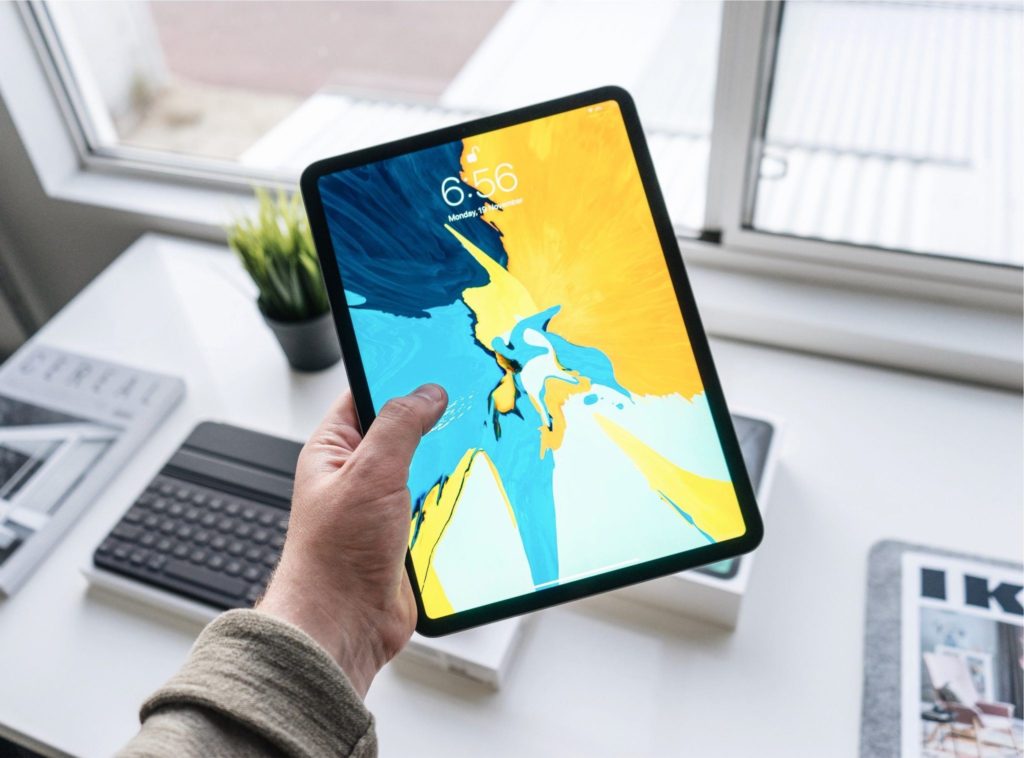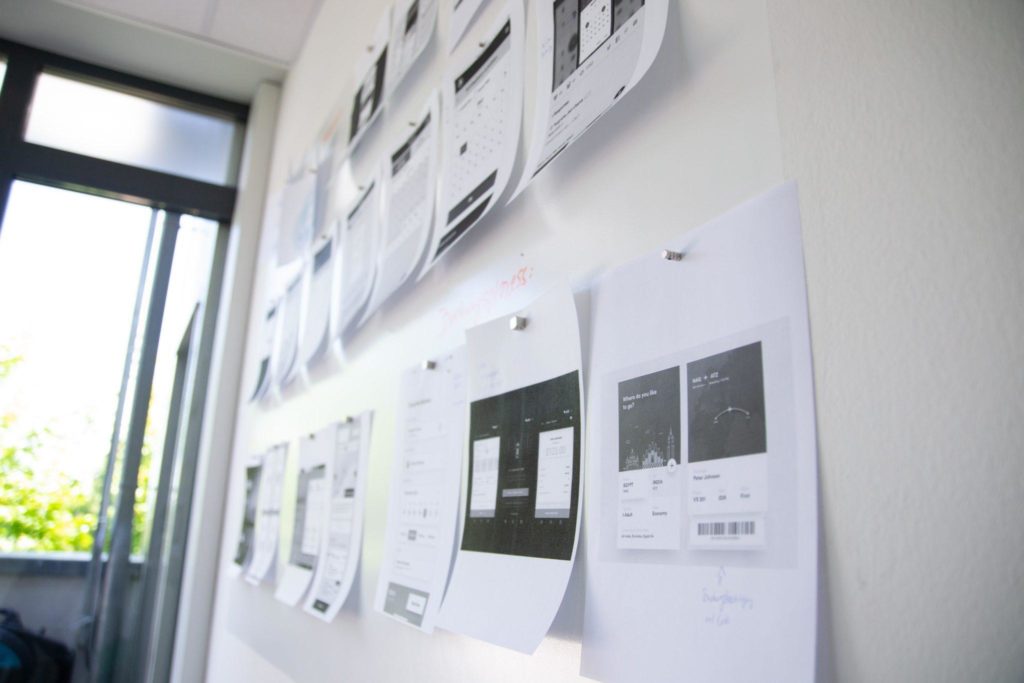Article
How will Calculating the ROI of UX Design Enhance Your Business?

Are you an IT professional faced with convincing stakeholders that investing in UX is worthwhile? Business leaders in your organization might view it as the latest trend or will fail to see how it makes business sense.
Understanding the impacts of UX design projects is important to any enterprise. As research in psychology shows the relationship between perceived credibility for customers and high-end design, it’s more important than ever to understand how UX fits into the big picture.
If you’re trying to make the case for UX to stakeholders, or a manager seeking to learn about the utility of UX, this post will help you get started.
Illustrating the Value of User Experience Design
It’s no secret that today’s digital landscape is extremely competitive. The internet has now long been our primary source of information—and as it grows, users’ attention keeps getting slimmer.
UX is no longer just a luxury or added expense. It’s become foundational to your site’s success. Without solid UX, you risk diminishing your sales, increasing your training and development costs, and being surpassed by your competitors.
Researchers at Usability.gov estimate that 15% of IT projects are abandoned and at least 50% of a programmer’s time during the project is spent doing rework they could’ve avoided.
Bottom line? UX matters. A lot.
Good UX leads to better products and more value, including:
- Increased Sales
- Increased Customer Satisfaction/Loyalty
- Better Reviews and Word of Mouth
- Positive Impressions
- Decreased Training, Support, Errors
Poor UX carries negative consequences and can lead to:
- Decreased Sales
- Dissatisfied Customers
- Poor Ratings and Reviews
- Negative Impact on Brand
- Increased Need for Training

The Importance of Aesthetics
You can improve your user’s workflow by applying findings from research data to carefully craft your site’s interface. This is where aesthetics become your secret weapon. Without the right aesthetics, users become less compelled by the whole experience.
So what are the right aesthetics?
We cannot understate the value of high-end, highly-visual aesthetics when it comes to creating compelling user experiences. Engagement is what you want, and visuals act like the key in your ignition. The aesthetics of your site are often an integral part of any UX solution.
Users Associate High-End Design with Credibility
In 2002, Stanford Professor B.J. Fogg released a research report that asked How do People Evaluate a Web Site’s Credibility? Fogg’s team discovered that consumers paid more attention to superficial aspects of a site like visual cues than to the actual content.
Fogg said that “nearly half of all consumers (or 46.1%) in the study assessed the credibility of sites based in part on the appeal of the overall visual design of a site, including layout, typography, font size, and color schemes.”
Users judge your site by its looks. This makes sense because we’re hard-wired to be biased toward things that attract us. With so much digital content vying for our attention (and hard-earned caution from sites trying to scam us), we naturally choose well-designed options that appear trustworthy. The attractiveness of the design is a major factor for us in deciding if we wish to seek our information or services from it.
It’s more important than ever for your site to look the part. Otherwise, it has a good chance of getting passed up for a better looking, seemingly more credible competitor.

Style and Functionality are Intertwined
It’s not enough to just say “aesthetics matter.” We must think of aesthetics as an integral part of a site’s functionality. Without the right design aesthetics, you can compromise the functionality.
UX speaker and author Stephen P. Anderson wrote an article called In Defense of Eye Candy. He argues that the more we learn about ourselves and our brains, the more we learn that form and function are not separate things. He wrote, “If we believe that style somehow exists independent of functionality, that we can treat aesthetics and function as two separate pieces, then we ignore the evidence that beauty is much more than decoration. Our brains can’t help but agree.”
Anderson urges designers and entrepreneurs to consider beautiful design just as high a priority as their site’s functionality.
Aesthetics Show that You Care
A beautiful design won’t save a product that doesn’t cut it. But it does make business sense for developers to treat aesthetics as a first impression on customers.
Dmitry Fadeyev, creator of usability testing service Usaura and founder of the blog Usability Post, says that design should “speak” to users. In an article titled The Value of Good Design, he wrote “Good design tells your visitors that you care about your product. Good design at the front-end suggests that everything is in order at the back-end, whether or not that is the case. Good design is what separates the best from the ‘good enough.’”
And in the currently competitive digital landscape, “good enough” isn’t good enough anymore.
The Necessity of Science
If you operate purely on design intuition, you miss out on the opportunity to inform your designs with a scientific understanding of what users want and what will drive their behavior.
By establishing concrete metrics and benchmarks, you can also develop a plan for improving your website or application iteratively over time. Measuring user behavior is imperative to understanding your audience and customer base. With the right measurement, you’ll identify trends and be able to make predictions for future behaviors.
We recommend using research, analytics, and testing during your design process. These three tools can help you validate that your design will accomplish your objectives:
- Research your user base. It’s crucial to know who users are and what challenges they face. Research data allows you to make informed design decisions.
- Use data analysis to shape your decisions. Creating benchmarks and understanding competitors is key.
- Test product usage patterns. This allows you to watch users interact with a product and contrast their usage patterns against your user stories and design goals.
For these reasons, among many others, the importance of science is clear. Visual flair goes a long way toward capturing a user’s interest and driving engagement. But science allows designers to validate that design decisions meet goals and objectives.
Consider how improved UX makes users happier with your product. Think about products that succeed versus ones that fail. Often the key differentiator is which product “feels” and “works” the best. These terms refer to design and usability—and both fall under outstanding UX.
Regardless of industry, platform, or user type, well-designed user experiences are a key differentiator. Three qualitative benefits of UX among many others, are:
Higher User Satisfaction
- Higher conversion
- Decreased churn and bounce rate
- More patience
Enhanced Credibility
- More interest
- Brand trust, lower bounce
- Decreased churn and bounce rate
Increased Customer Loyalty
- Positive perception
- Better word of mouth
- Long term retention

Key Takeaways
Your business can have sustainable growth with a high level of user satisfaction. You can achieve this through creating high-quality products and maximizing your reputation by investing in UX.
We recommend investing in UX—both science and aesthetics—to create products that delight users. If you need to convince your stakeholders that UX is worthwhile, calculating it’s ROI is a good place to start.
In sum, great aesthetics paired with well-executed science can better align your website with your business goals. You’ll establish trust, while showing your customers that you care and are the right fit for them.








